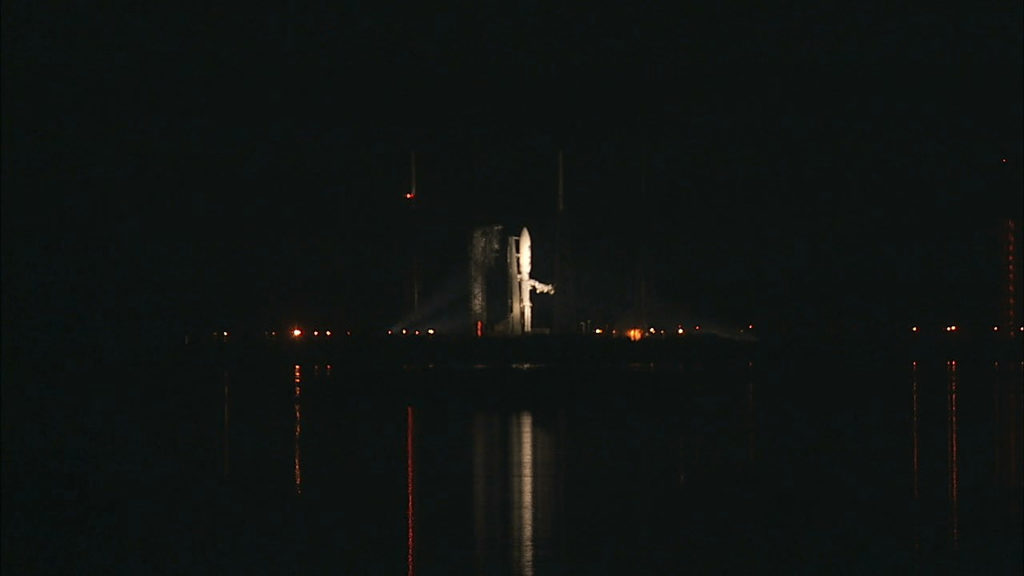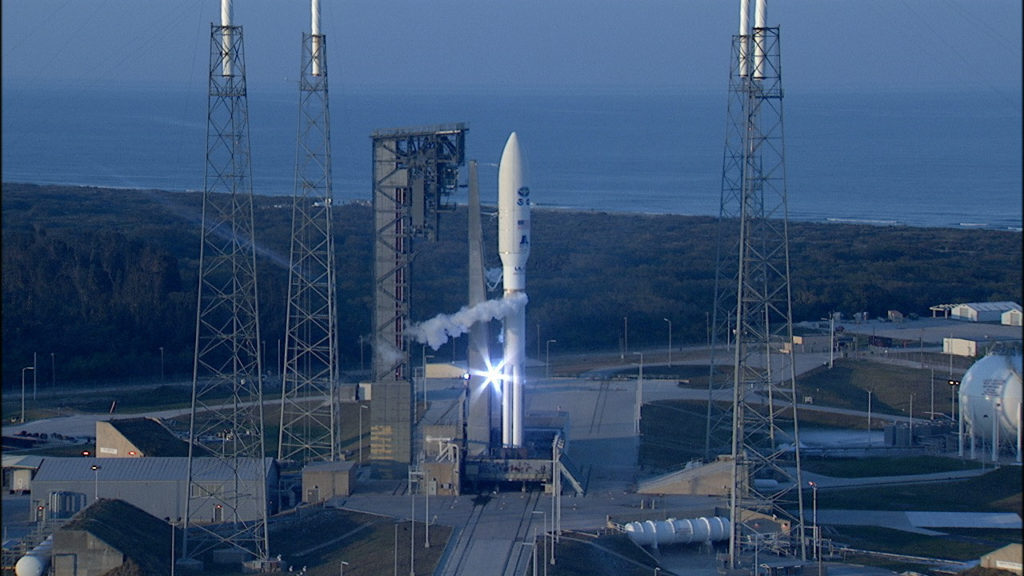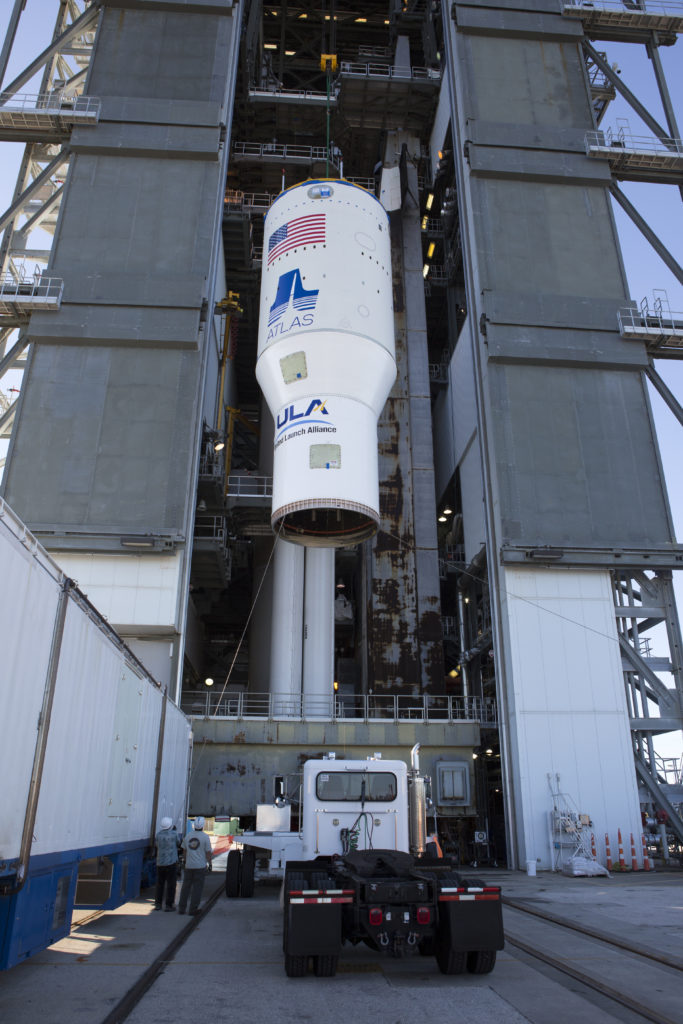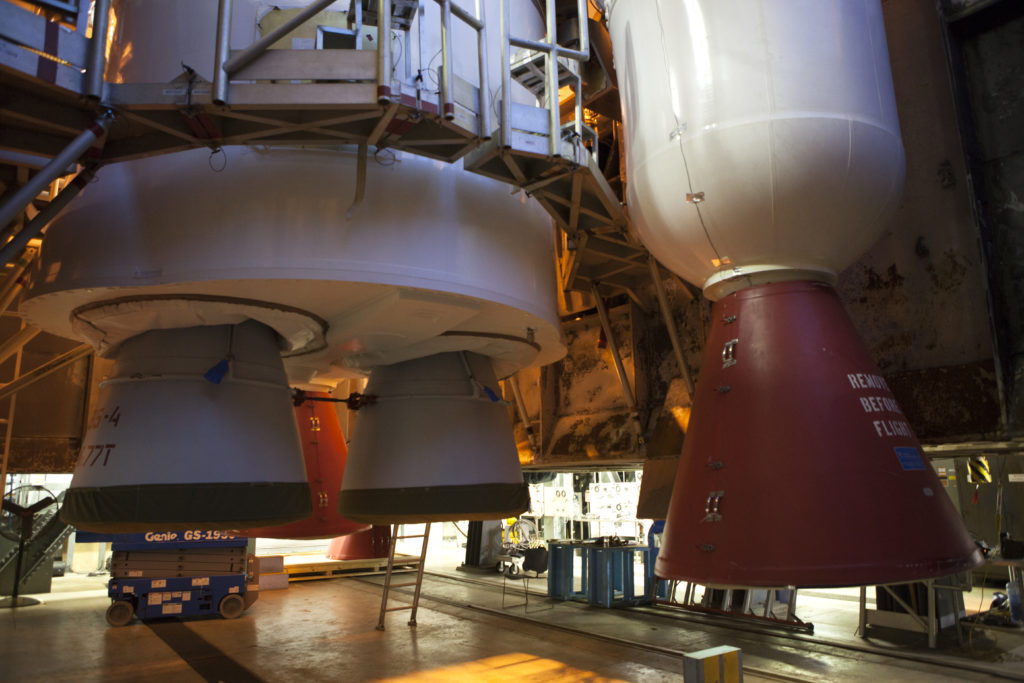
The Eastern Range that oversees launches from Florida is working an issue. Tonight’s launch window extends until 6:42 p.m. EST.

The Eastern Range that oversees launches from Florida is working an issue. Tonight’s launch window extends until 6:42 p.m. EST.
The launch team continues to work through a launch vehicle issue. The current launch time is no earlier than 6:12 p.m. EST. The window is open until 6:42 p.m. EST.
With the countdown in a planned hold, the launch teams are working a launch vehicle issue that will prevent the launch from taking pace at the opening of today’s window. The team has not set a new launch time yet but is working in 5-minute increments. Today’s launch window extends until 6:42 p.m. EST.
The nation’s newest weather satellite will liftoff in ideal conditions, reported Clay Finn, launch weather officer for NOAA’s GOES-R mission. The forecast remains 100 percent chance of acceptable conditions. The launch teams continue their procedures this evening as we tick closer to liftoff at 5:42 p.m. EST.

Observant watchers may have noted that the Atlas V first stage now appears white. That’s because frost formed on the outside of the rocket as its tanks filled with cryogenic oxygen. It’s the same process that causes frost to form on a glass holding a chilled liquid. Speaking of the Atlas, the oxygen tank is now full.
NASA TV is currently airing GOES-R countdown coverage on its media channel. You can watch the coverage here on the blog or go to http://youtu.be/Fih5Wpe6ac4. The fueling of the Atlas V rocket continues this evening as the launch teams work toward liftoff at 5:42 p.m. EST from here in Florida.

Systems are pumping liquid hydrogen into the Centaur upper stage as today’s countdown proceeds toward a liftoff at 5:42 p.m. EST. The Centaur, pictured above during stacking of the Atlas V at Space Launch Complex 41, burns liquid hydrogen fuel combined with liquid oxygen during the ascent into space. The Centaur’s liquid oxygen tank is filled to flight level. Since the propellants are cryogenic, a portion boils off during the countdown and is vented out of the tanks. Therefore, the system continues to trickle in propellant until just before liftoff to make up for the amount that boiled off.
 Liquid oxygen is flowing into the first stage of the United Launch Alliance Atlas V rocket. The engine, seen above, will combine the oxygen with refined kerosene to generate about 860,000 pounds of thrust at liftoff. This Atlas V is equipped with four solid-fueled boosters that will provide extra thrust to lift the rocket and its GOES-R satellite into space. Launch remains on schedule for 5:42 p.m. EST.
Liquid oxygen is flowing into the first stage of the United Launch Alliance Atlas V rocket. The engine, seen above, will combine the oxygen with refined kerosene to generate about 860,000 pounds of thrust at liftoff. This Atlas V is equipped with four solid-fueled boosters that will provide extra thrust to lift the rocket and its GOES-R satellite into space. Launch remains on schedule for 5:42 p.m. EST.
Supercold liquid oxygen is flowing into the tank of the Centaur upper stage for today’s launch. The Centaur’s single RL10 engine, built by Aerojet Rocketdyne, burns a combination of liquid hydrogen and liquid oxygen to generate thrust. The Centaur will perform three burns today to place NOAA’s GOES-R satellite into a transfer orbit that will be circularized by the spacecraft into an operational orbit, called geostationary or geosynchronous, more than 22,000 miles above Earth.
The transfer lines to the Centaur’s liquid oxygen tanks have begun chilling down before the supercold propellant is pumped into the tanks for launch. The tanking will begin in a few minutes. Later, the same process will be used to load liquid oxygen into the Atlas V’s first stage. After that, the liquid hydrogen for the Centaur will be loaded.